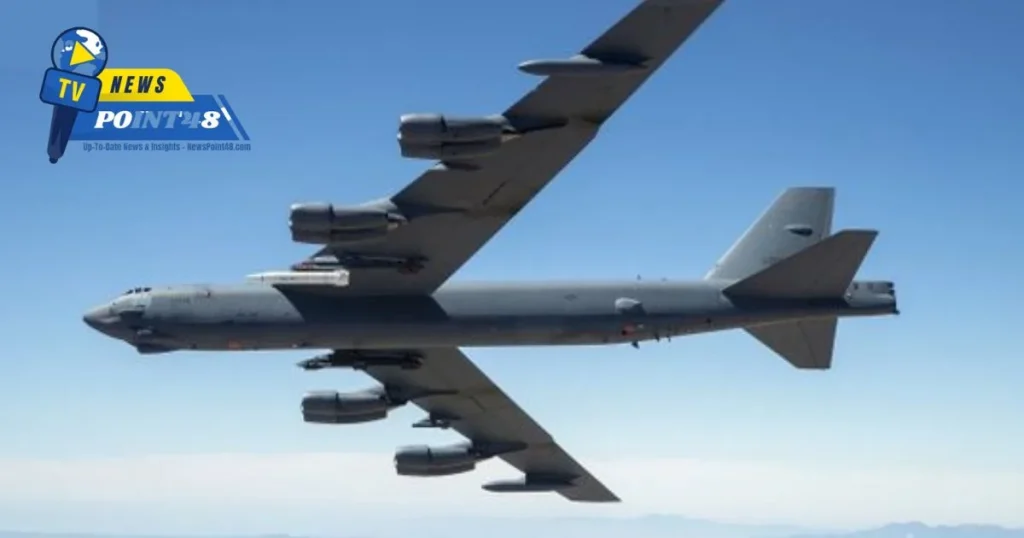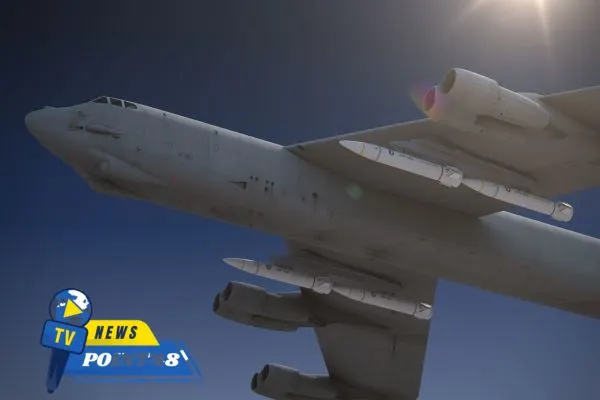
The modern era war weapons have come into the limelight as hypersonic weaponry that is now set as a boon to change the global military paradigms. Hypersonic weapons, or those which can travel at speeds faster than Mach 5 (or more than five times the speed of sound), have been heralded as a game-changer and could clear existing missile defenses. The United States, Russia, and China are in a three-way race to build advanced armaments that can seek out and destroy targets. Yet questions linger: Are hypersonic weapons the game changer they are purported to be by political and military vendors, or might their import be justifiably overshadowed by technical challenges demanding exquisite precision?
What Are Hypersonic Weapons? To Know At newspoint48
Hypersonic weapons generally refer to missiles and glide vehicles that can travel at hypersonic speeds — Mach 5 (about 3,836 mph or 6,174 km/h) or faster. There are two main types:
A Hypersonic Glide Vehicle (HGV):Those that are carried into orbit by a booster rocket released in the upper atmosphere to glide back down toward their target at hypersonic speed. But this time, the HGVs would perform evasive maneuvers while flying, rather than behaving like traditional ballistic missiles and immediately changing path in response to any guidance updates.
Hypersonic Cruise Missiles (HCMs):These are the missiles that use a high-speed engine like scramjet which allows it to sustain Hypersonic speed during its very long flight. As opposed to HGVs, they take a direct flight path like that of conventional cruise missile.
The speed, agility, and altitude of hypersonic weapons provide the ability to evade current missile defense systems that are designed to intercept slower, more predictable threats such as ballistic missiles.
Hypersonic Weapons and Their Military Advantages
Supporters of hypersonic weapon systems contend that they provide a multitude of advantages over legacy missile systems:

Speed, and Accuracy Like Never Before: Hypersonic weapons are so fast that adversaries have only a matter of minutes to detect and respond—the shortest window in history. These are perfect for blowing up high-level targets within minutes.
Increased Maneuverability: hypersonic missile glide vehicles can adjust their course during flight, making them less likely to be detected and intercepted through standard means. It makes them able to hit what are considered vital military installations or avoid defense systems more accurately.
Defeating Missile Defense Systems: One of the first things to think about is that hypersonic weapons can dodge traditional missile defense shields. Existing systems are capable of intercepting conventional ballistic missiles with fixed routes during their flight, while hypersonic missiles pose closer to a moving target.
First-Strike Capabilities: The speed of hypersonic weapons means they could also be useful in first-strike capabilities — the ability to launch an attack and hit critical military or infrastructure targets before adversaries can respond.
Above: The Air Speed Record Development Race; US, Russia, and China
The push behind the hypersonic arms race is in large part being fueled by a handful of the world’s most powerful military nations, including the US, Russia, and China. Every country has its version of hypersonic weapons in development, with their capabilities.
Russia: Russia says it has already fielded hypersonic weapons such as the Avangard high-speed glider and the Kinzhal missile. Russian officials have claimed that these systems are of strategic importance and are seen as key to deterring NATO while maintaining the military edge.
Summary:China China has made considerable progress in hypersonic technology, having successfully tested both its DF-ZF hypersonic glide vehicle and trialed a handful of publicly reported hypersonic cruise missiles. Beijing sees such weapons as a means to offset American power in the Indo-Pacific region and up its missile game in the region.
United States:–The United States is focusing on developing both HGVs and HCMs through projects like the Prompt Global Strike initiative. But it has been slower to progress than in Russia and China. Despite significant investment in research and development, deployment has been deferred because of costs, technical challenges, and test mishaps with nuclear reactors.
Can hypersonic weapons be a true game-changer?

While hypersonic weapons offer advantages to militaries, some experts are also questioning whether they are a new mode of warfare or whether there is too much hype about what the technology can do.
Advocates for hypersonic weapons say they will change the game in military strategy. Their ability to reach anywhere in the world within minutes makes them a formidable deterrent, while their speed and mobility enable new ways of engaging in offensive operations. In these circumstances, hypersonic technology is seen as a game-changer military.
Critics believe hypersonics are a game-changer in the sense that they present new technical capabilities, but do not represent some paradigm shift like when nuclear weapons came to fruition or when stealth technology was fully developed. Meanwhile, hypersonic weapons remain largely theoretical, still facing critical technology hurdles including heat-resistant materials and guidance systems. In addition, how much of a difference they can make to the relative balance of power between states may be relatively minor if nations began to acquire alternative defense systems or pursue diplomatic remedies that would serve to neutralize them.
Challenges and Limitations
This means that even hypersonic weapons, which seem so cool nonetheless need to overcome several challenges:
Technological Bottlenecks: For instance, hypersonic missiles need materials that do not melt during the immense heat generated while in flight. And fielding effective guidance systems for missiles traveling so fast remains a wicked problem.
Expense: Hypersonic weapons are costly to develop and deploy. The research, testing, and production of these systems can be a significant drain on military budgets, especially for nations looking to juggle other defense priorities.
Arms control: Potential arms race if countries develop both offensive and defensive systems for hypersonic weapons. This promotes stability concerns as well — and the potential escalation of international conflicts. Some critics worry that similar weapons can make preemptive strikes more likely and destabilize current deterrence situations.
Hype vs Paradigm Shift?

They are hypersonic weapons:fast, maneuverable, and a huge leap in military technology. Time will tell whether they change the face of warfare. They open up new realms for combat but also bring with them grave dangers, from the risk of arms races and fiercer violence to escalation out of the control of rational actors. As hypersonic weapons further progress in development and testing, the world will have to wait and see if these are indeed a key weapon of the future…or whether their utility falls far short of what some have trumpeted.
